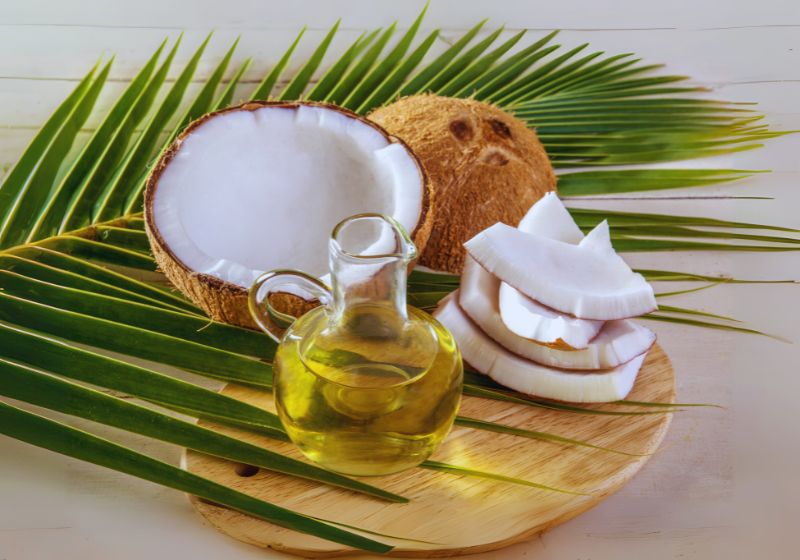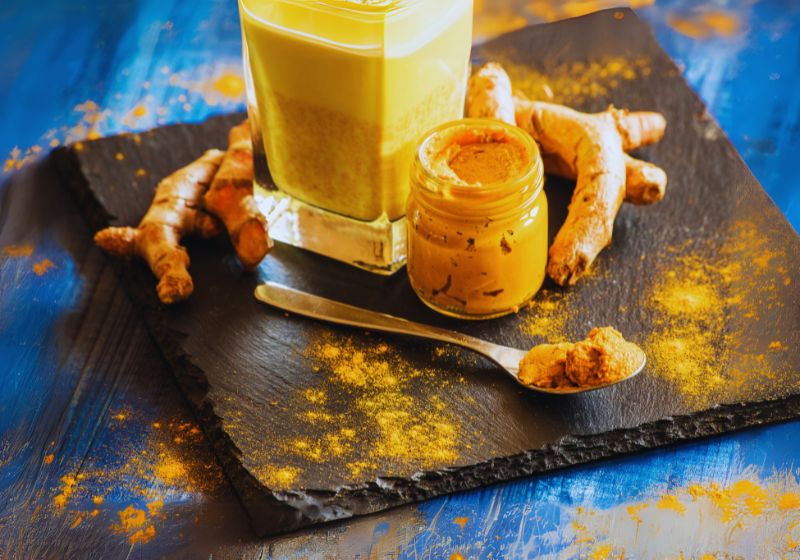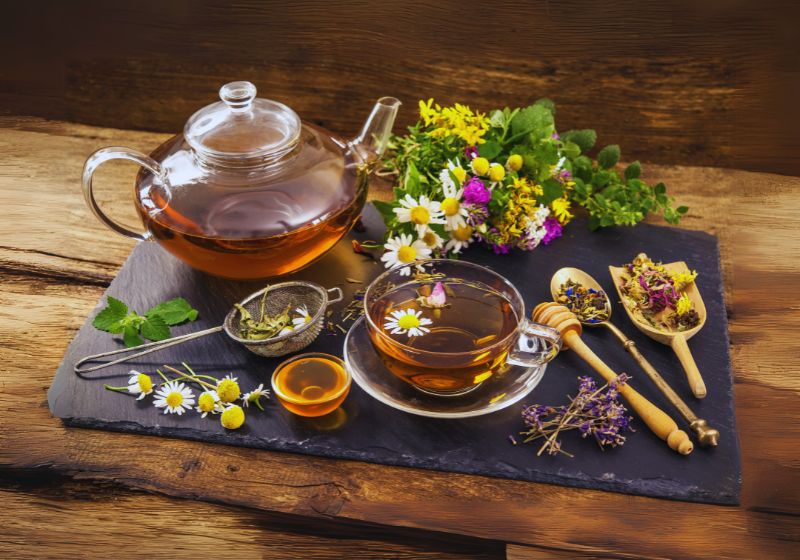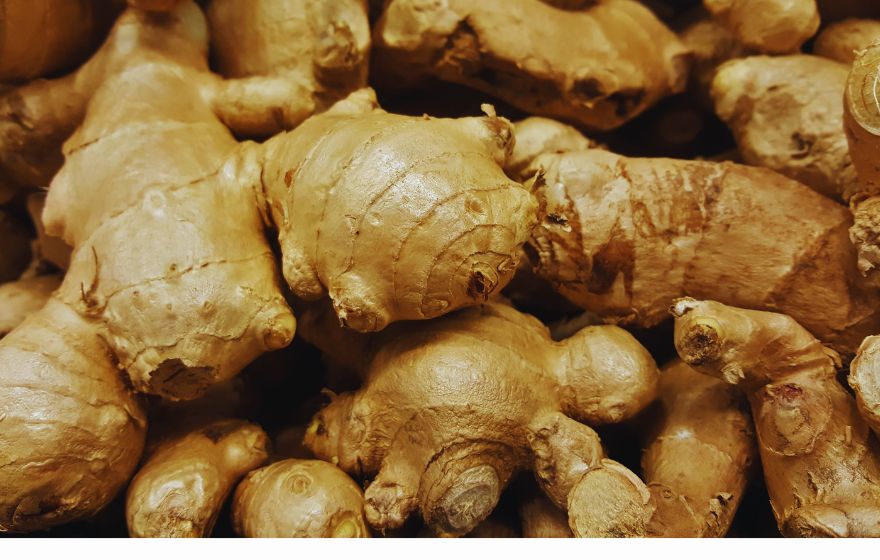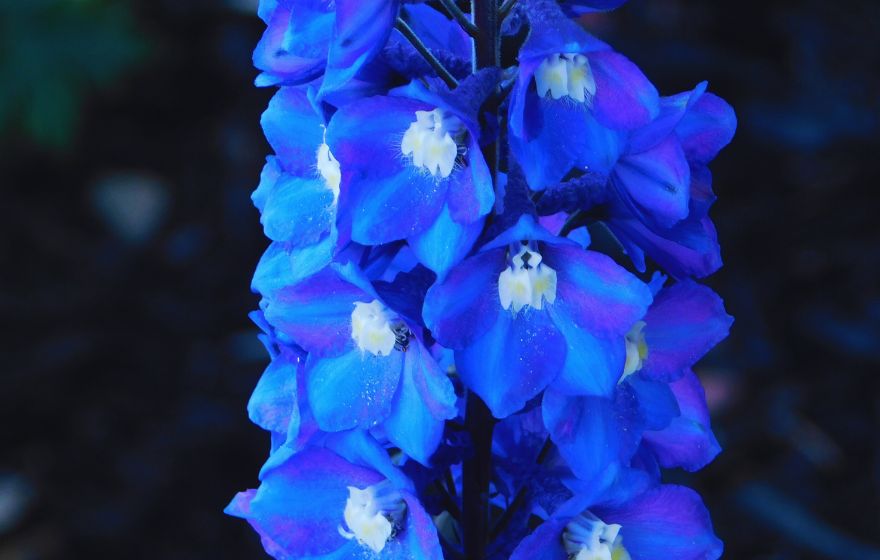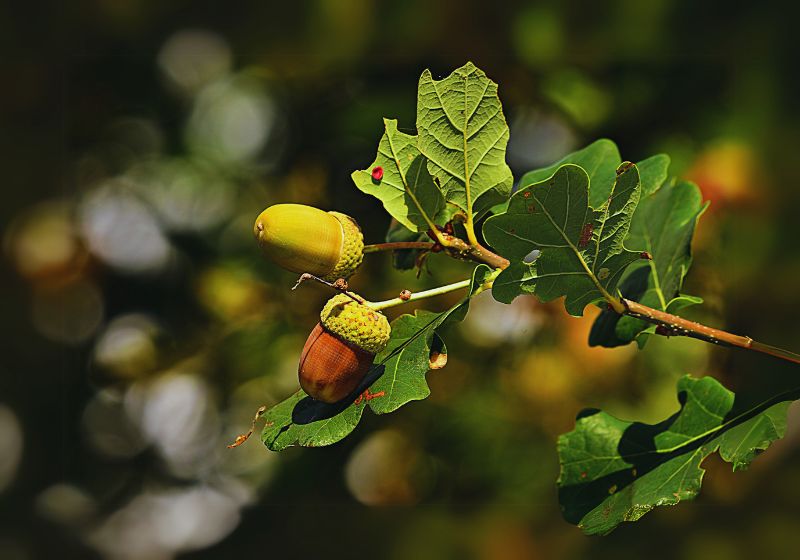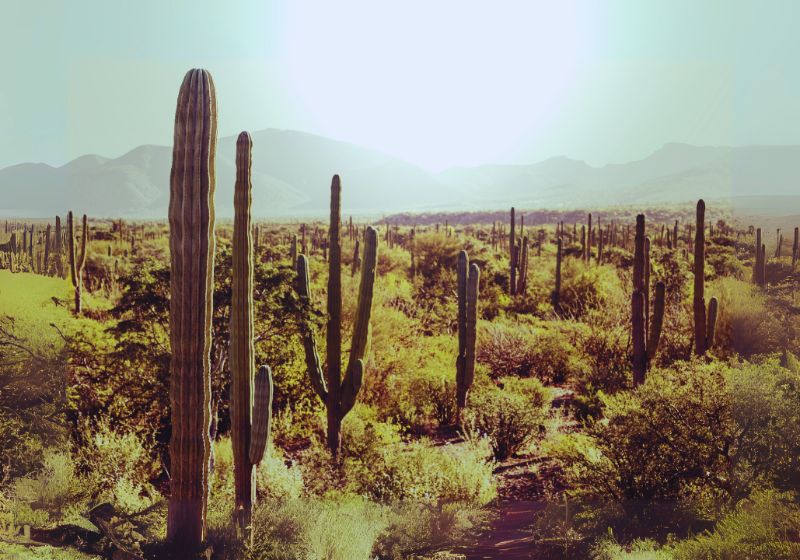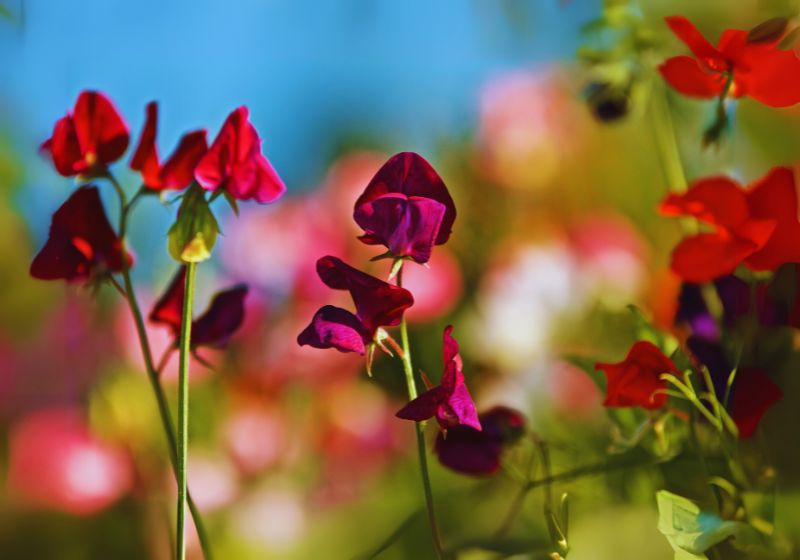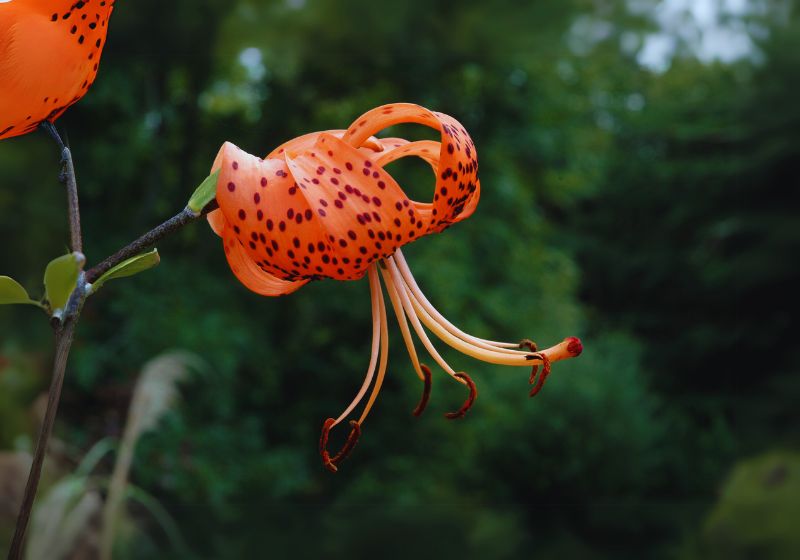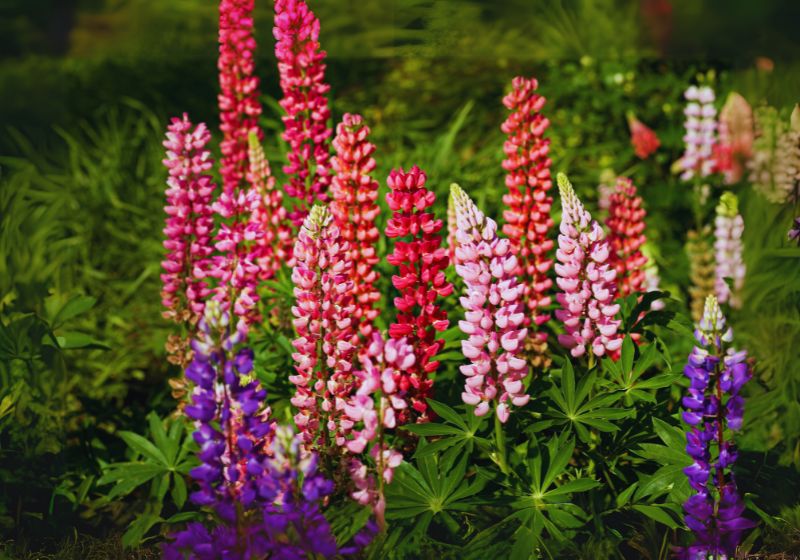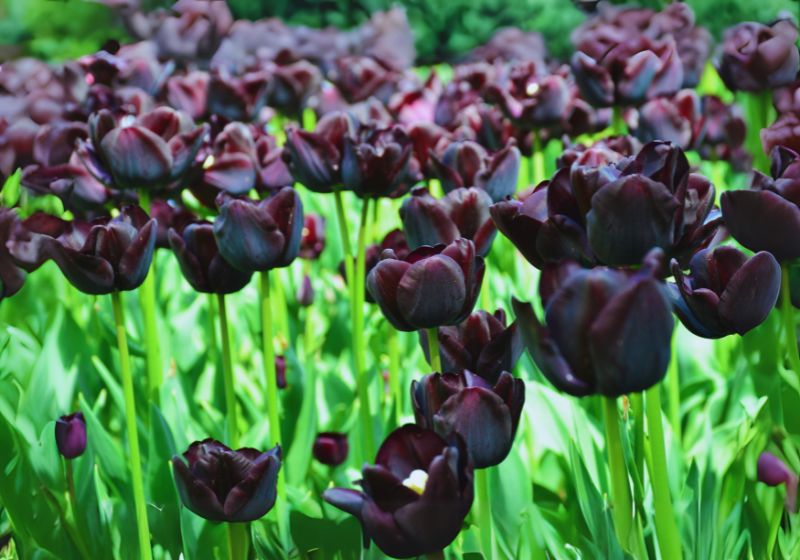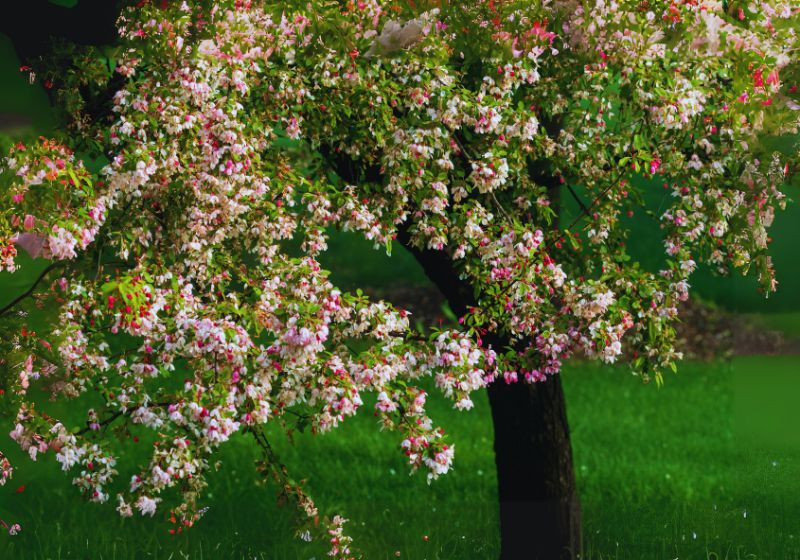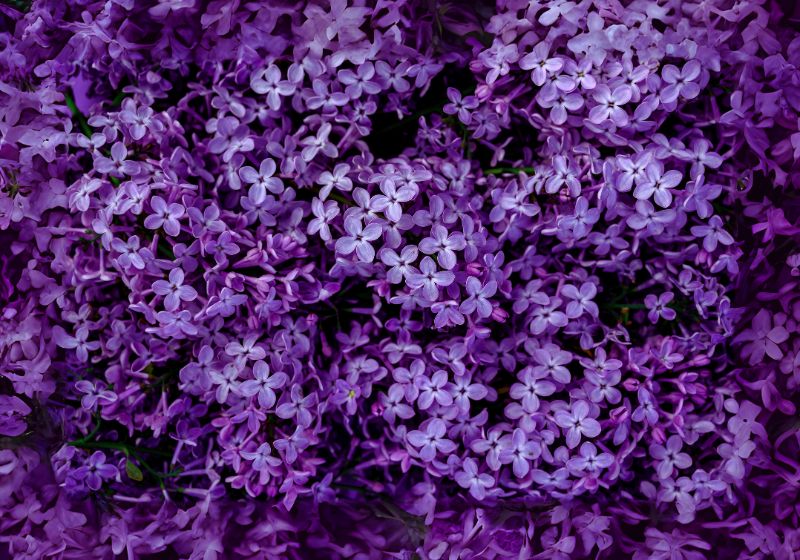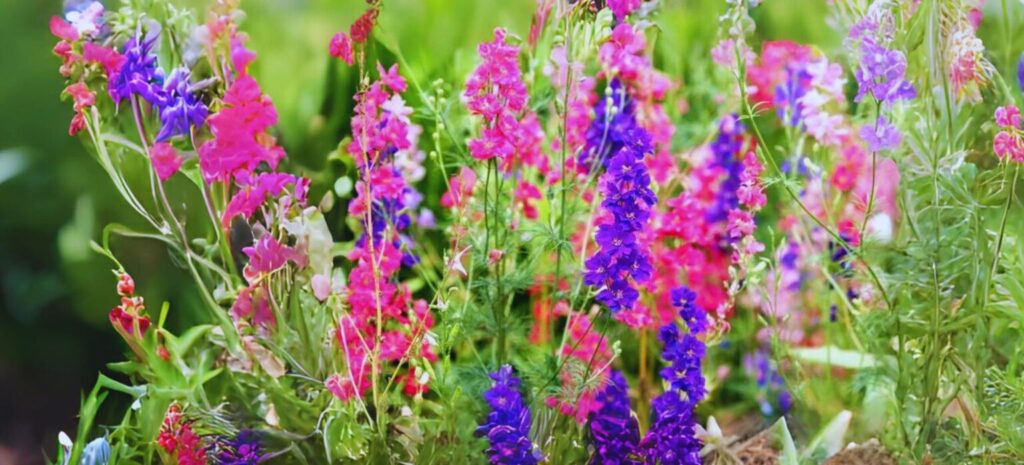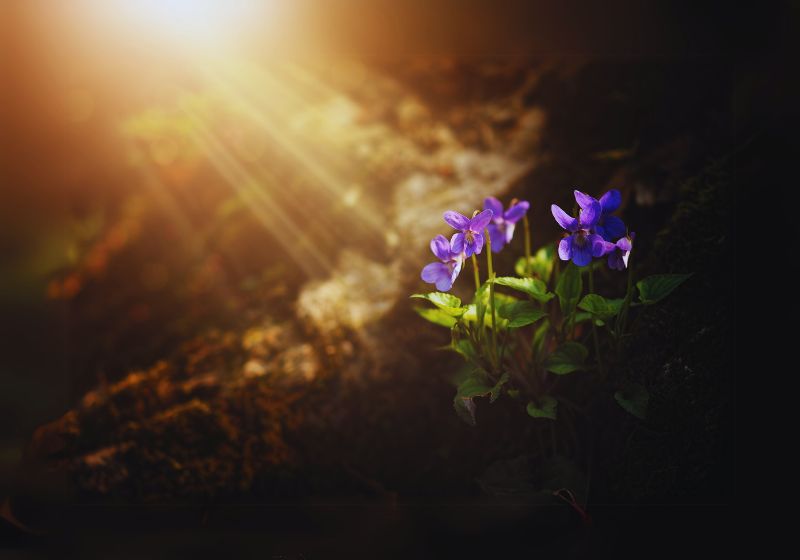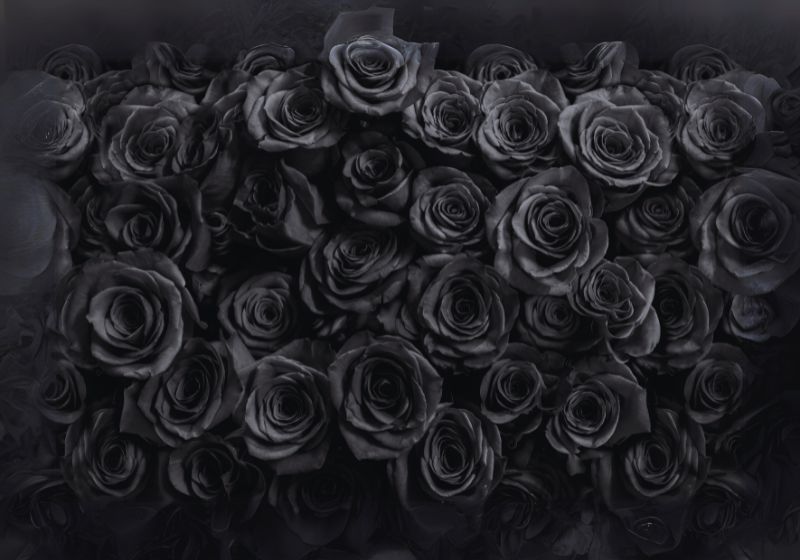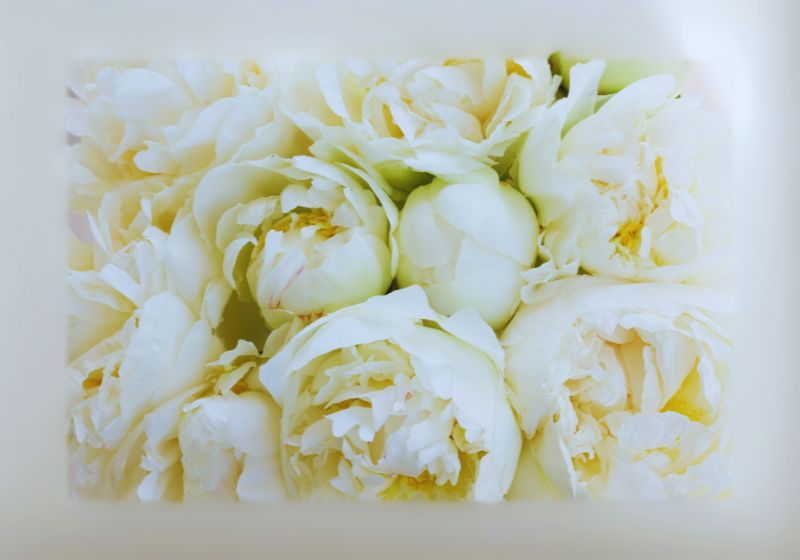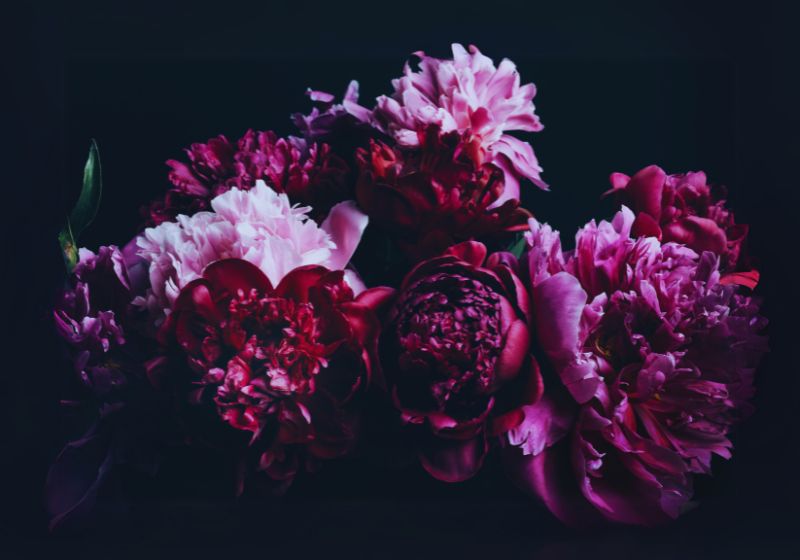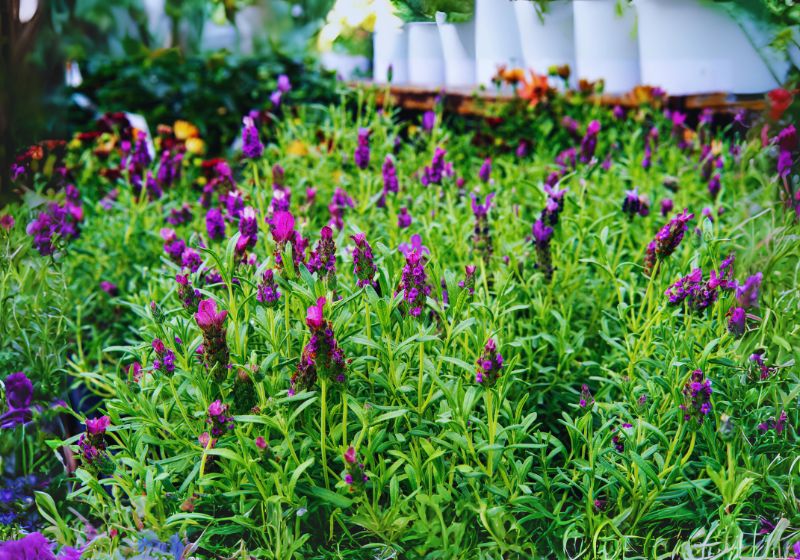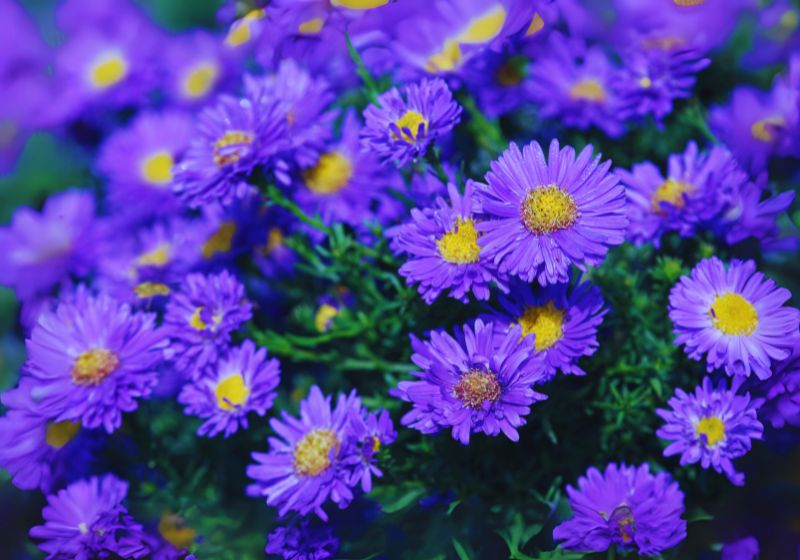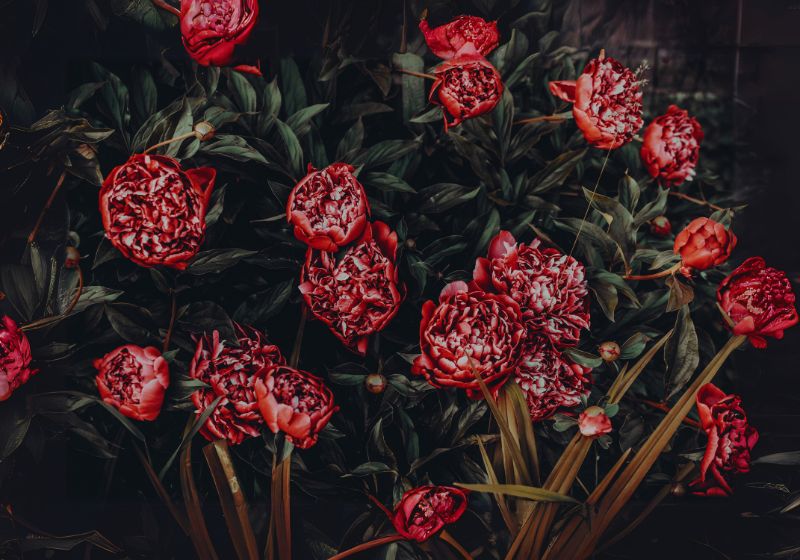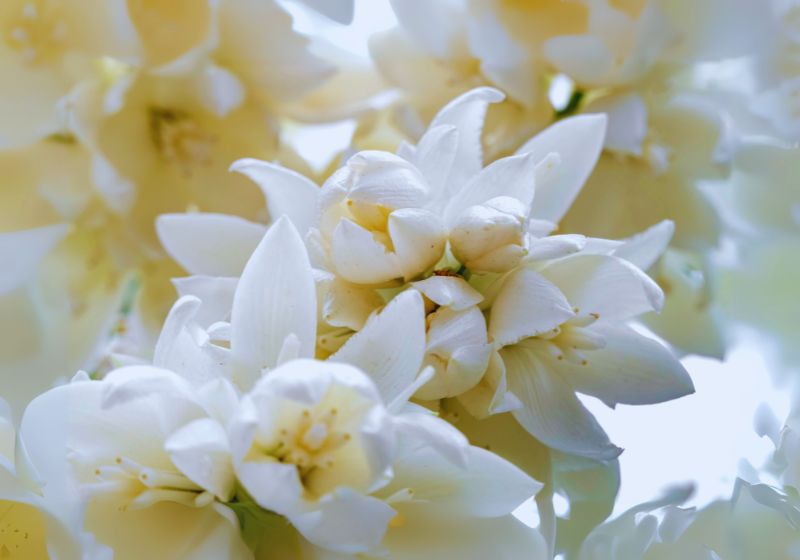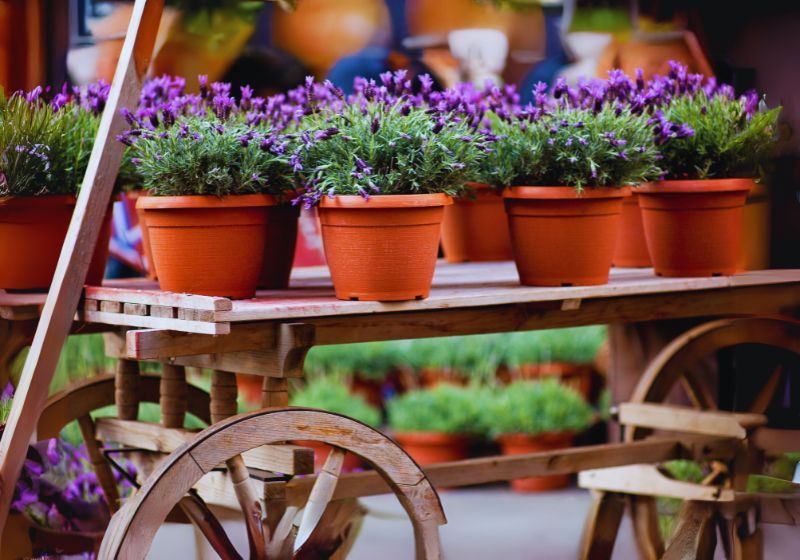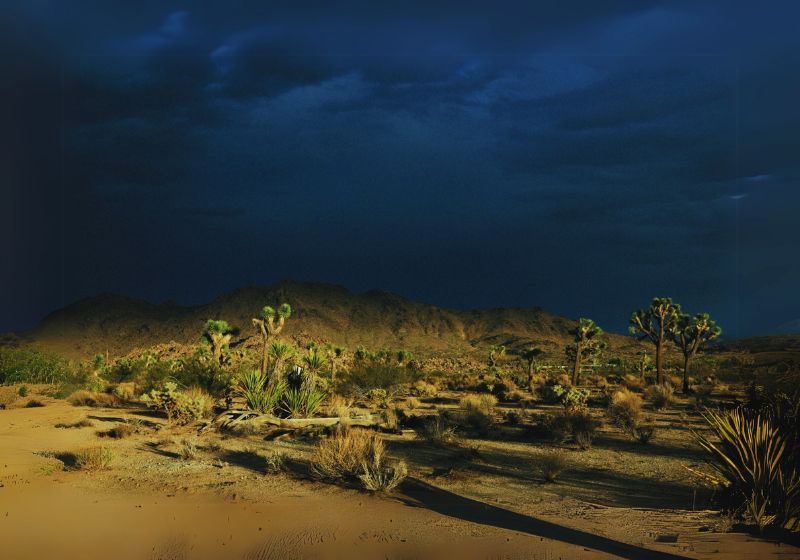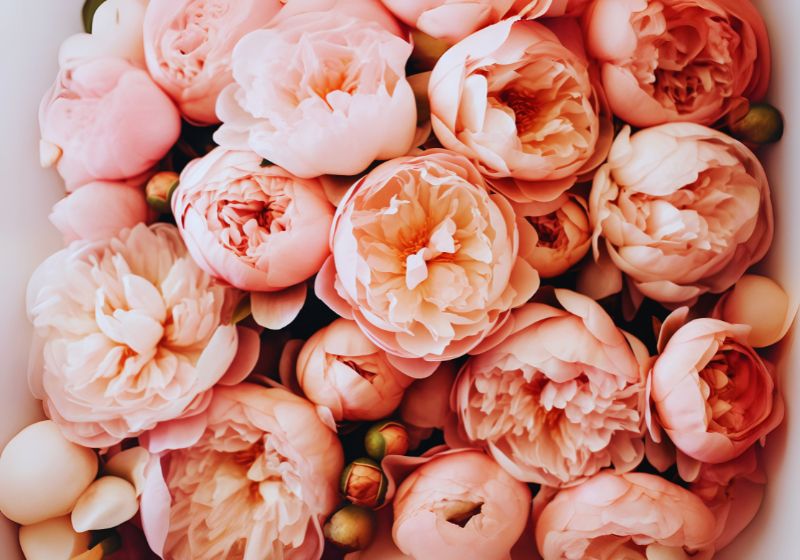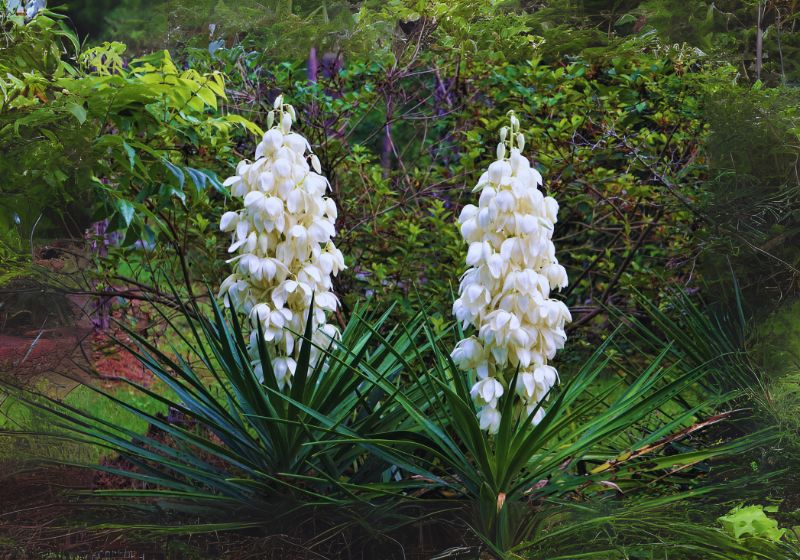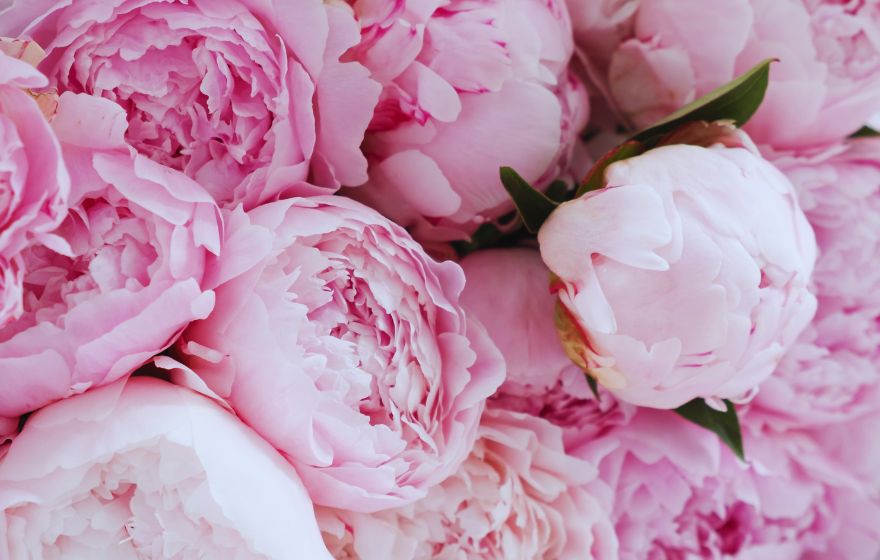10 Little-Known Facts About Dahlias You Need to Know
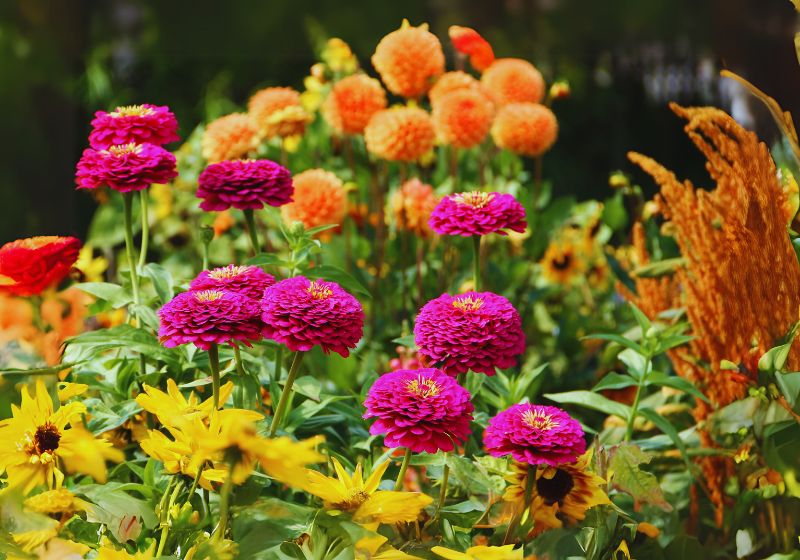
Dahlias became famous for their attractive beauty yet they carry an interesting history and special traits that make them special. These ten hidden facts about dahlias bring you a deeper understanding of the unique flowers regardless of gardening level or natural appreciation. We will now uncover all the important aspects of dahlias.
The plant first came from the mountains of Mexico.
Dahlias first grew in natural habitats of Mexico and Central America especially at the elevations above most mountains. From the dawn of history Native American populations like the Aztecs farmed dahlias to beautify their surroundings plus use for valuable purposes. The flower growers consumed dahlias’ root parts as food and they extracted water from the plants’ hollow stalks.

In the late 1700s Spanish botanists from Europe discovered dahlias and brought them across the continent because of their different colors and delicate petal patterns. The dahlia stands as Mexico’s national flower because of its important place in Mexican culture and history.
They Are Plant Members of Asteraceae.
As members of the Asteraceae family dahlias join sunflowers and chrysanthemums along with daisies. The dahlia stand out from other plants because they exist in many different sizes and show varied forms and hues. The variety of dahlia expands to 42 types with many thousands of breeding selections that create different flower sizes from tiny pompons to large dinner-plate blooms.
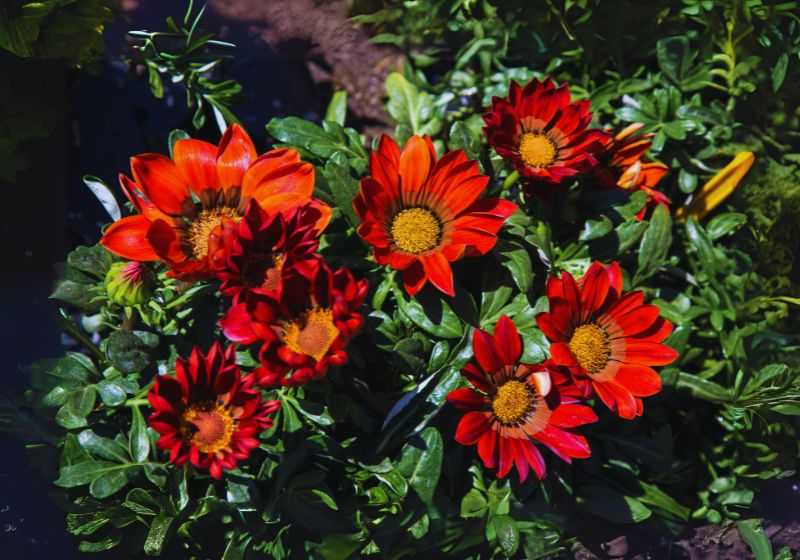
A single dahlia blossom is made of many tiny petals that make up a composite flower design. The delicate petals fit together into neat arrangements that help create the beautiful flower design.
Dahlias Received Their First Food Harvest
Before people grew dahlias as decorative plants they used them as food sources through their underground roots. In Aztec culture dahlia held the name “coco Xochitl” while people used their tuber roots as food much like we eat potatoes today.
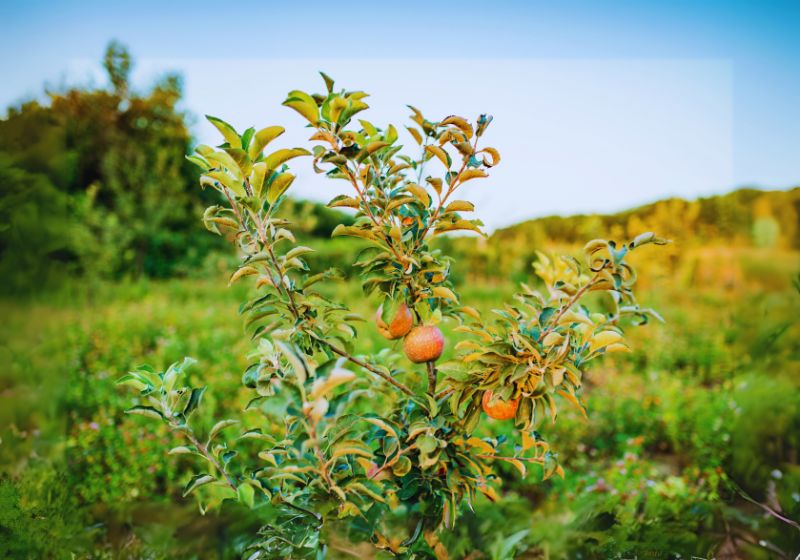
Today most people grow dahlias just for decoration yet the plant’s tubers remain safe to eat despite their reported nutty taste. Tests show dahlia tubers work in certain dishes yet chefs keep using them rarely.
Varieties of Dahlia exist throughout the entire color spectrum
Dahlias stand out because growers have managed to produce them in nearly all existing colors. The flower exists in every shade but actual blue. Breeders now create dahlias that appear in all shades of pale and bright colors with unique flower patterns and bi-color petals.
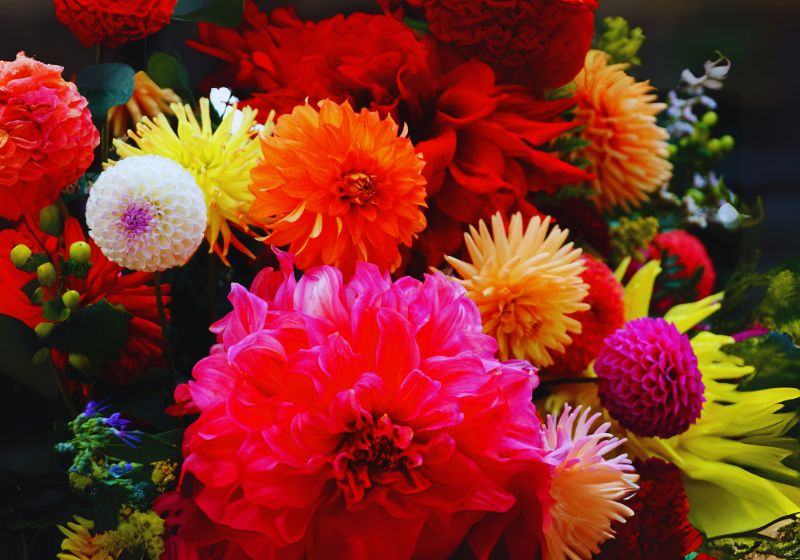
Many garden experts still struggle to produce a real blue dahlia variety. Dahlias lack the necessary genetic pigment for producing pure blue colors with their flowers.
Dahlia flowers represent multiple symbolic values
According to flower SYMBOLISM dahlias stand for grace while signaling one’s inner power and imaginative nature with a promise to stay committed. Their many different shapes and colors make them important expressions of personal uniqueness.
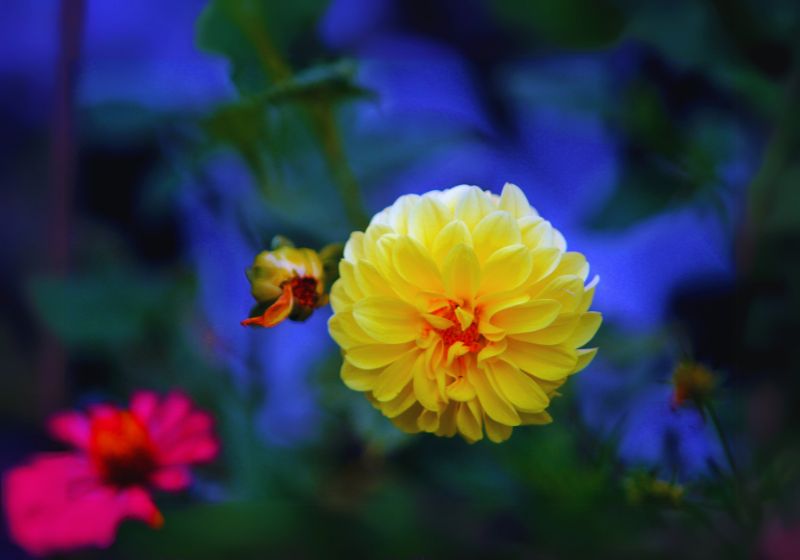
During Victorian times people used dahlias to show their commitments to lasting relationships and their determination to love forever. Today people choose dahlias for wedding and anniversary ceremonies because their appearance and symbolic value make these occasions more beautiful.
They Are Perennials with a Twist
While dahlia are perennial plants by nature they need unique winter protection in cold temperature regions. Laborious tuber storage inside is necessary in winter because dahlia cannot withstand freezing temperatures. These plants stay in the ground of warm climates and return to bloom each season.
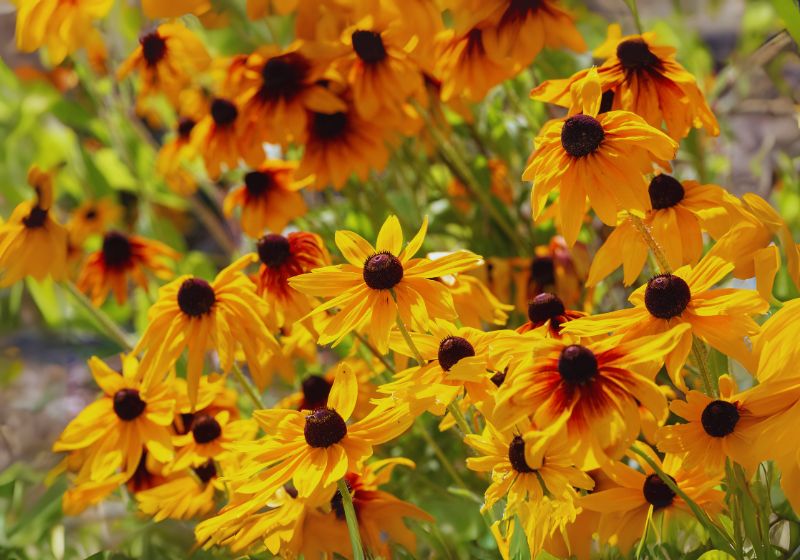
Despite being physically demanding, dahlia tuber lifting and storage benefits gardeners with their results. By keeping their tubers stored correctly gardeners preserve their valuable dahlia supply that they can enjoy over multiple years.
They Can Reach Extensive Vertical Dimensions
The dahlia plant family produces different size plants. White the tiny dwarf type measures 12 inches tall the Tree Dahlia (Dahlia imperialism) rises fully from ground to 20 feet in height. These tall plants create significant flowers that garden designers use to create decorative garden displays.
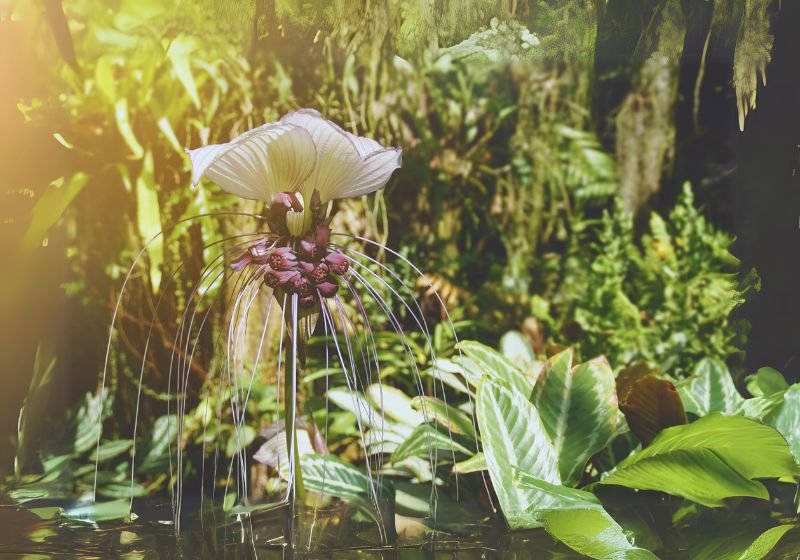
To protect taller dahlias from wind damage gardeners should use supports as their stems would otherwise break under heavy flower weight. Support systems help these remarkable plants develop their maximum possible growth.
Dahlias need regular care to grow strong and show their best flowers
Even though dahlias need minimal upkeep they need regular attention to grow their finest blooms. They need soil that drains quickly and likes sunlit spaces while needing rich organic components.
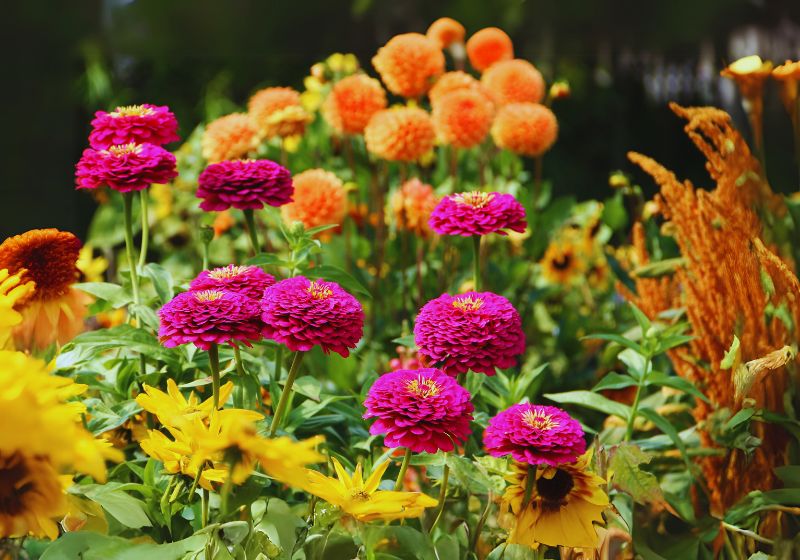
Snipping off old flowers from your dahlias will motivate them to release new blooms. A balanced fertilizer with added potassium helps dahlias develop strong stalks and produces beautiful flowers. Dahlia need steady access to water across all dry spells to stay healthy and grow well.
Bee and other pollinator insects love to use dahlias as food sources.
Dahlia brighten human views and supply nectar and pollen meals for helpful visitors in nature. Single flowering dahlia with open centers give easy access to pollinator nectar and pollen making them popular with flower seekers.
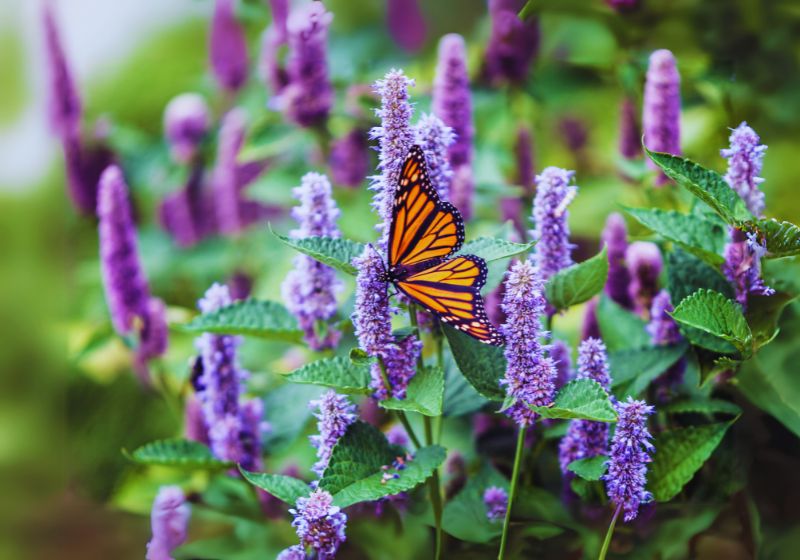
Gardeners who want to help local ecology can grow single-flowered dahlias in their garden landscape. These plants serve both as decorative features in our environment while growing healthy ecosystems in their local areas.
Dahlia growers gain advantage at flower show events
People love showcasing Dahlia because these flowers display their beautiful patterned shapes. Dahlia fans work for several years to learn exact methods that produce blooms matching specific size color and shape requirements.
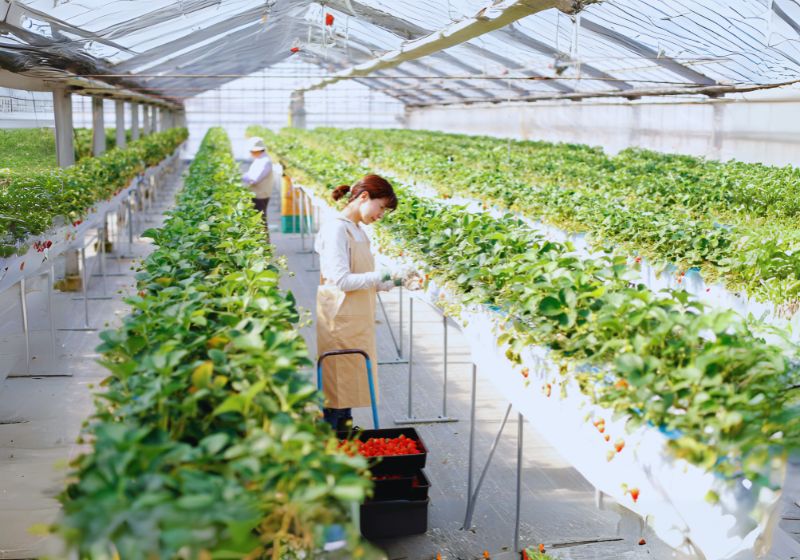
Competitive dahlia societies rate flowers based on how well petals lay against each other plus the quality of their tone and general design. Dahlia growers work hard to create new appealing flower types which keep these plants central in horticultural celebrations.
Little-Known Facts
Native to Central America
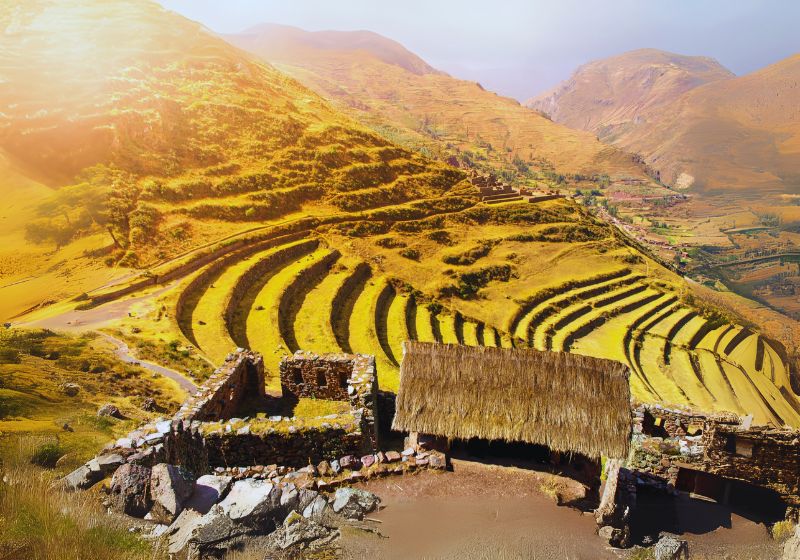
The Aztecs discovered dahlia in Mexico and Central America because of the plants’ lovely appearance and valuable uses.
Over 42 Species
In total 42 distinct dahlia types exist alongside their numerous variants with sizes ranging from small pom-pom shapes to full dinner plate blooms.
Named After a Botanist
Undergraduate Carl Linnaeus chose this name to honor his student and fellow Swedish botanist Andres Dahl.
Edible Tubers
- Dahlia tubers are edible! The Aztecs grew dahlias as food before European explorers discovered these tubers. Their taste matches what you find in radishes or carrots.
- These flowers display special distinct geometric shapes.
- Thanks to their Fibonacci spiral design Dahlias stand out for beauty and complex mathematical organization.
- The plant bears its flowers during the late summer and autumn period.
- As summer temperatures intensify most flowers wilt but dahlia plants reach their peak in late summer and expand their color display through fall.
Symbolism of Commitment
The language of flowers agrees that dahlias stand for enduring loyalty and artistic drive especially at weddings.
Tubers Multiply Rapidly
One tuber of dahlias develops several plantlets in one season that you can separate and plant again.
Mexico’s National Flower
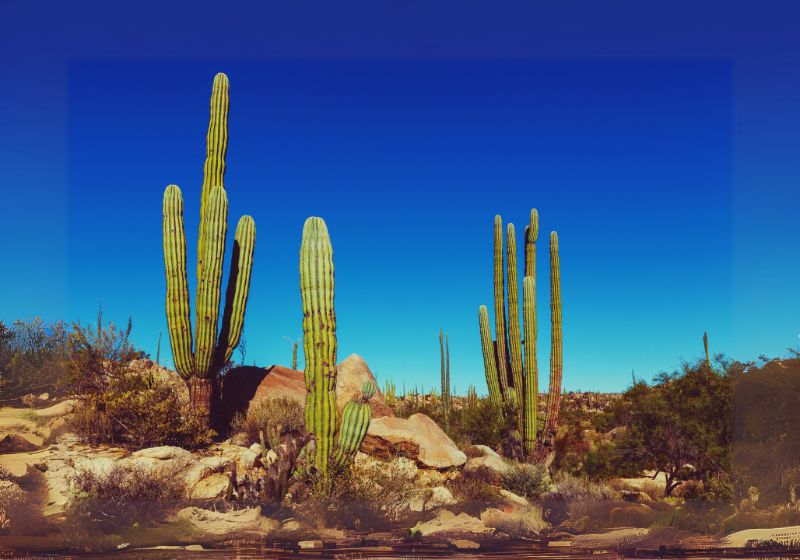
Mexico declared the dahlia its national flower back in 1963 to honor its cultural roots.
Attract Pollinators
Dahlias serve as powerful pollinator attractors bringing bees, butterflies and even hummingbirds to your garden.
Benefits of Growing Dahlias
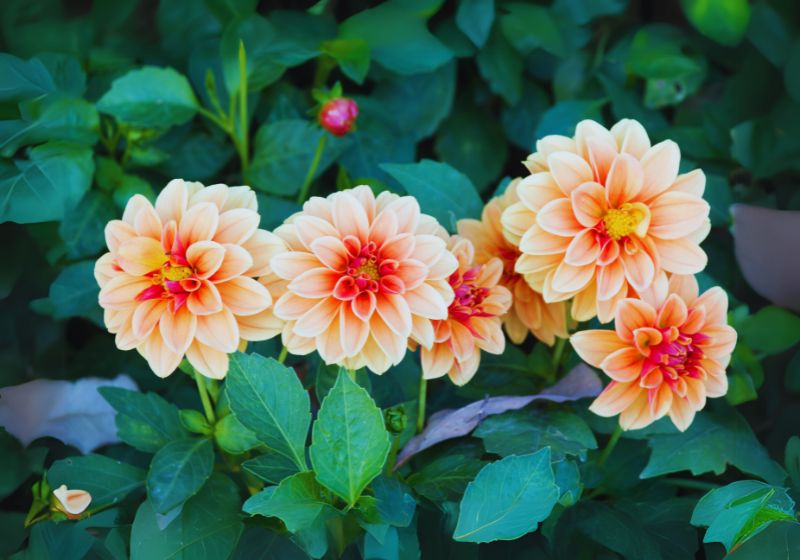
Garden Eye-Catcher
Natural gardens value the dahlias for their various shapes and vibrant colors.
Improved Biodiversity
The pollen and nectar from dahlias draws pollinators which sustain local ecosystems and add more species.
Low Maintenance
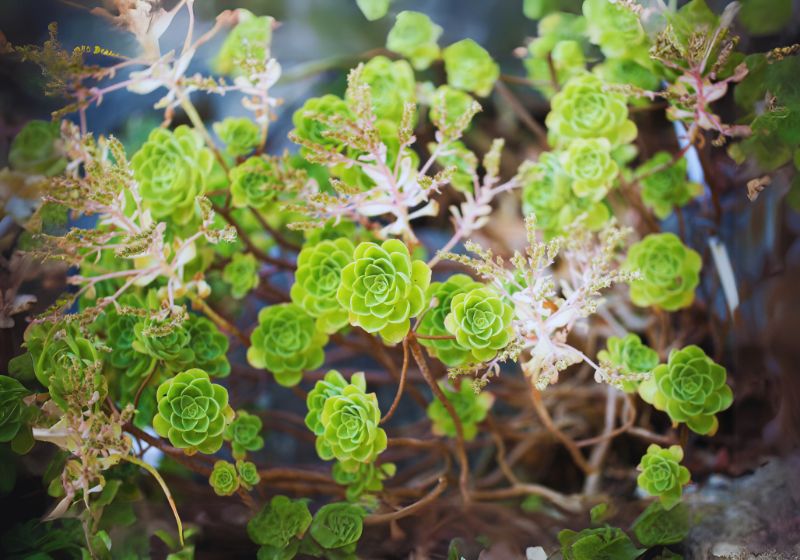
Basic gardening measures keep dahlias healthy like providing good drainage soil with sun exposure plus routine water supply.
Cut Flower Favorite
Dahlias create lasting floral arrangements and display well in floral arrangements for special events.
Can Be Grown Anywhere
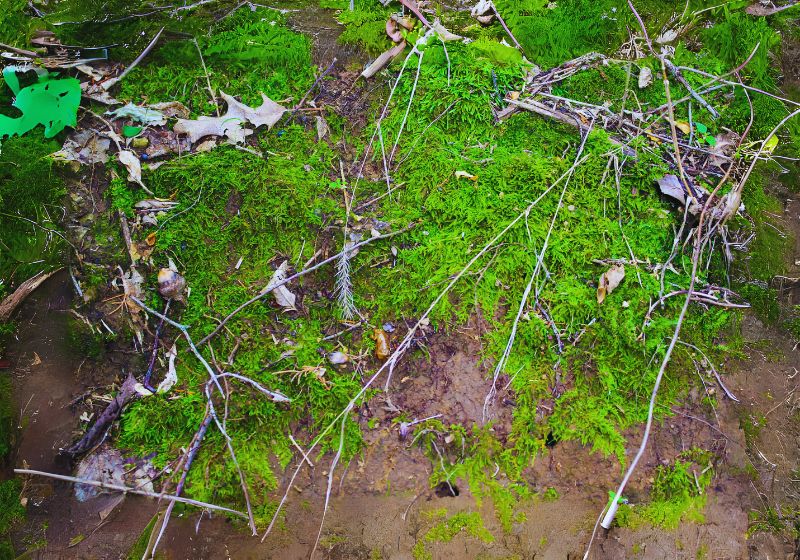
Dahlia plants do well both in garden soil and in pots despite your available space.
Season-Long Blooms
They produce beautiful colors throughout summer and beyond until fall’s first frost takes effect.
Therapeutic Gardening
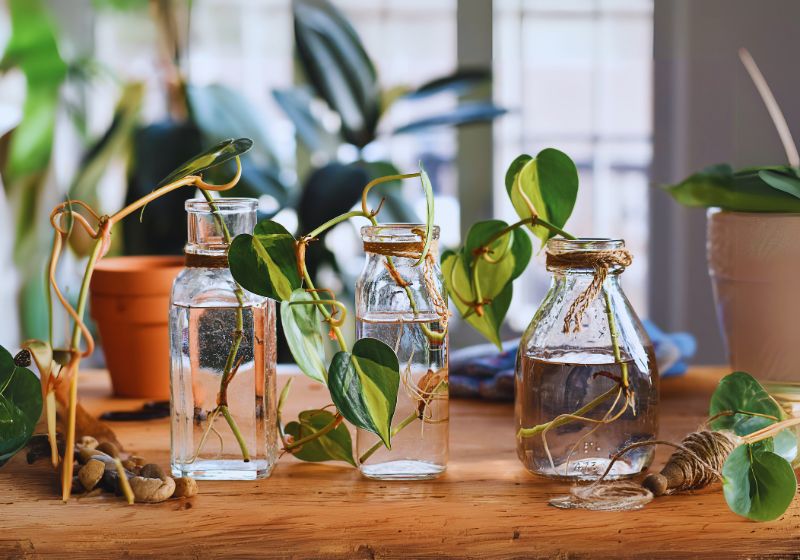
Growing dahlias creates a peaceful gardening experience that helps you relax and stay well.
Affordable Propagation
When you split your dahlia tubers annually you can expand your garden without adding more expenses.
Edible and Medicinal Uses
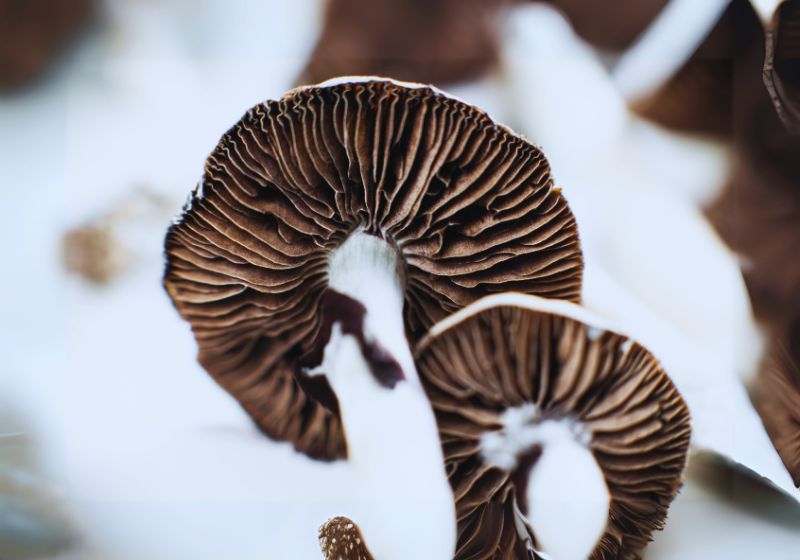
Research studies both today and in the past explored the possible medical and cooking benefits of consuming dahlia roots as food.
Resistant to Many Pests
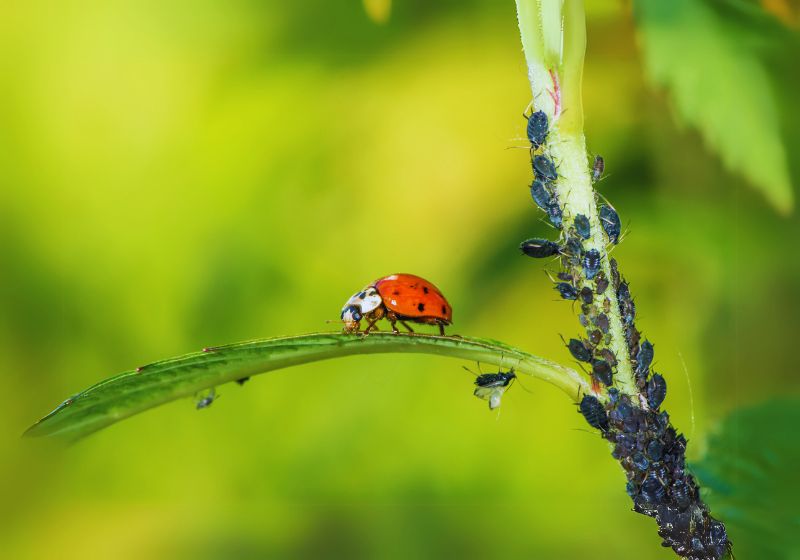
Despite their resistance to pests dahlia plants face challenges from slugs and snails. Taking good care helps them develop strongly.
Conclusion
Dahlias stand above simple ornamental flowers. These blossoms inspire serious interest because they show a deep garden history and distinct beauty. No matter your interests, these striking flowers appeal to everyone who looks at them. Understanding their hidden features will help you love dahlia more and possibly plant them yourself.
Read More : How to Grow Violet Flowers: A Comprehensive Guide


 English
English 

